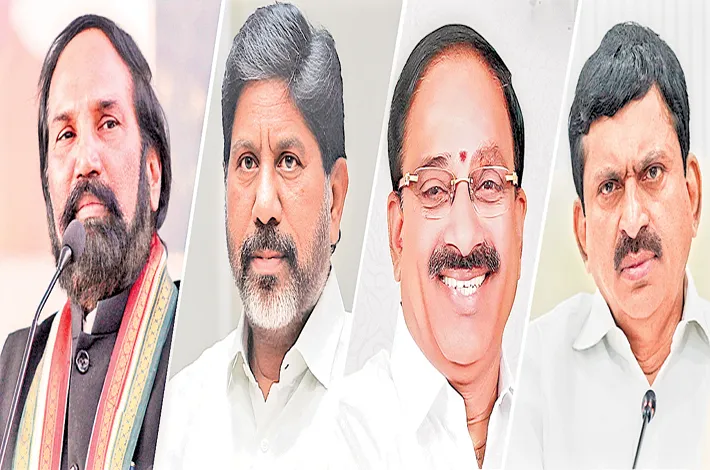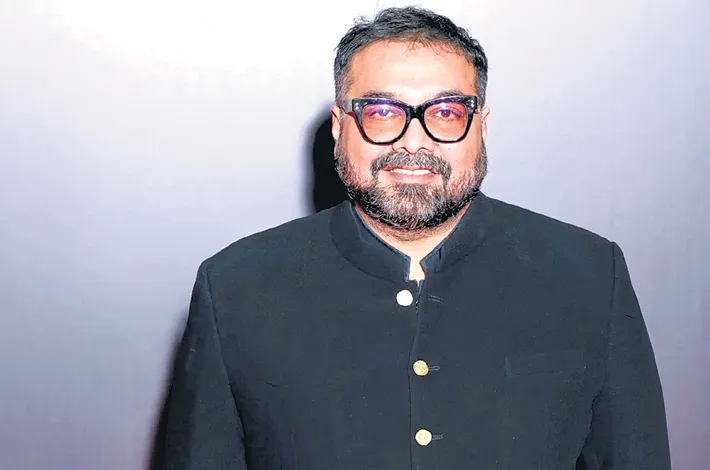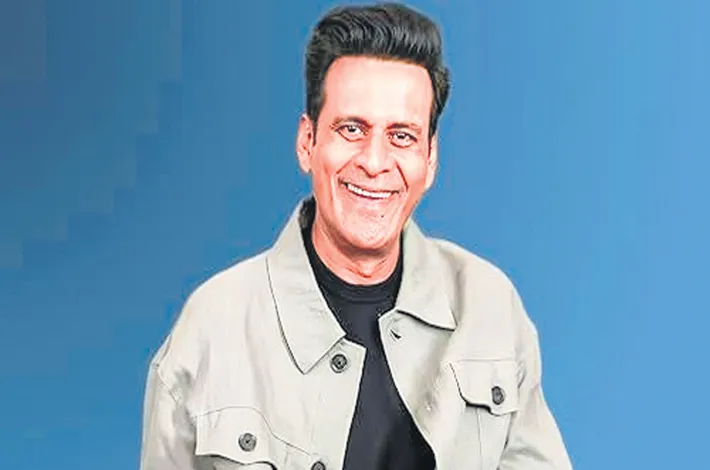Hey Ram! It’s Sitaram!
26-07-2025 12:00:00 AM

Sita Rama Lift Irrigation Project, a Dream Delayed
A high-profile meeting chaired by four senior ministers—Uttam Kumar Reddy, Ponguleti Srinivas Reddy, Bhatti Vikramarka, and Tummala Nageswara Rao—brought together 20 IAS officers, engineers, and 25 contractors to review the project’s progress
metro india news I Khammam:
The Sita Rama Lift Irrigation Project, envisioned as a transformative initiative to irrigate vast swathes of agricultural land in Telangana’s Kothagudem, Bhadrachalam, and Khammam districts, is mired in delays, escalating costs, and funding shortages.
Initially projected to irrigate 5 lakh acres at an estimated cost of Rs. 7,900 crore in February 2016, the project’s scope and budget have ballooned over the years, raising concerns about its completion timeline and financial viability. As farmers in these drought-prone regions pin their hopes on the project, the government’s sluggish financial commitments threaten to push the dream of water security further out of reach.
The project includes eight packages of distributaries to ensure water reaches the fields. By August 2018, the government revised the project’s scope, increasing the irrigated area (ayacut) to 6.74 lakh acres and doubling the canal’s discharge capacity to 9,000 cusecs. However, this expansion came at a steep price: the estimated cost soared from Rs. 7,900 crore to Rs. 13,057 crore. Today, officials privately admit that the final cost could approach Rs. 19,000 crore—a staggering two-and-a-half-fold increase in just eight years.
As of July 2025, the state government has already spent Rs. 8,200 crore on the project, with pending payments amounting to Rs. 600 crore. This includes Rs. 300 crore for work bills, Rs. 150 crore for land acquisition, and Rs. 150 crore owed to the Telangana State Transmission Corporation (Transco). Despite this significant expenditure, the project remains far from complete, and the lack of tangible benefits has left farmers and stakeholders frustrated. The government is also incurring an annual interest burden of Rs. 1,000 crore on the capital already invested, without generating any returns for the public.
On May 10, a high-profile meeting chaired by four senior ministers—Uttam Kumar Reddy, Ponguleti Srinivas Reddy, Bhatti Vikramarka, and Tummala Nageswara Rao—brought together 20 IAS officers, engineers, and 25 contractors to review the project’s progress. The three-hour discussion painted an optimistic picture, with officials expressing confidence that the project could be completed within two years, provided the remaining Rs. 11,000 crore in funding is secured and land acquisition issues are resolved. The ministers’ assurances raised hopes among farmers, who saw the project as a lifeline for their parched fields. Many believed that, with sustained funding, the project, including its distributary network, could be operational before the next assembly elections.
However, these hopes were short-lived. In May and June 2025, the government allocated a mere Rs. 37 crore to the project, a fraction of the Rs. 300 crore per month required to maintain momentum. At this pace, experts estimate that the project could take another 25 years to complete, with costs likely to spiral further due to inflation and delays. The sluggish funding has sparked outrage among farmers and local leaders, who argue that the government’s failure to prioritize the project is causing irreparable harm to the region’s agricultural economy.
Adding to the controversy, questions have been raised about the allocation of the limited funds disbursed in May and June. Of the Rs. 37 crore released, payments were made exclusively to three companies—HES, Prasad & Co., and BVR—despite pending bills totalling Rs. 300 crore from various contractors. This selective disbursement has fuelled allegations of favouritism and mismanagement, with stakeholders demanding greater transparency in the payment process.
The Sita Rama Lift Irrigation Project holds immense potential to transform the agricultural landscape of Kothagudem, Bhadrachalam, and Khammam districts, where water scarcity has long stifled productivity. By providing irrigation to 6.74 lakh acres, the project could boost crop yields, improve farmer incomes, and stimulate rural development. However, the current trajectory suggests that these benefits may remain elusive for years, if not decades, unless the government takes decisive action.
Irrigation experts and local leaders are urging the government to review its approach to the project. “The government needs to prioritize judicial spending and expedite land acquisition to ensure early returns,” said a senior engineer involved in the project, speaking on condition of anonymity. “Every year of delay adds to the interest burden and erodes public trust. The focus should be on completing critical components, like the distributary network, to start delivering water to farmers.”
Farmers in the region, who have endured years of uncertainty, are growing increasingly vocal. “We were promised water for our fields, but all we see is rising costs and endless delays,” said Ramesh Goud, a farmer from Bhadrachalam. “The government must act quickly, or this project will become a symbol of broken promises.”
However, with only Rs. 37 crore allocated against a monthly requirement of Rs. 300 crore, skepticism abounds. Analysts warn that without a significant infusion of funds and a clear roadmap, the project’s cost could exceed Rs. 20,000 crore, placing an unsustainable burden on the state’s finances. The annual interest of Rs. 1,000 crore on the Rs. 8,000 crore already spent further underscores the need for urgent action.
As the Sita Rama Lift Irrigation Project languishes, the people of Kothagudem, Bhadrachalam, and Khammam wait anxiously for the water that could transform their lives. The government’s ability to deliver on its promises will depend on its willingness to prioritize funding, address bottlenecks, and ensure accountability in the project’s execution. For now, the dream of irrigating 6.74 lakh acres remains just that—a dream, clouded by uncertainty and the weight of escalating costs. The question on everyone’s mind is whether the government is listening?








